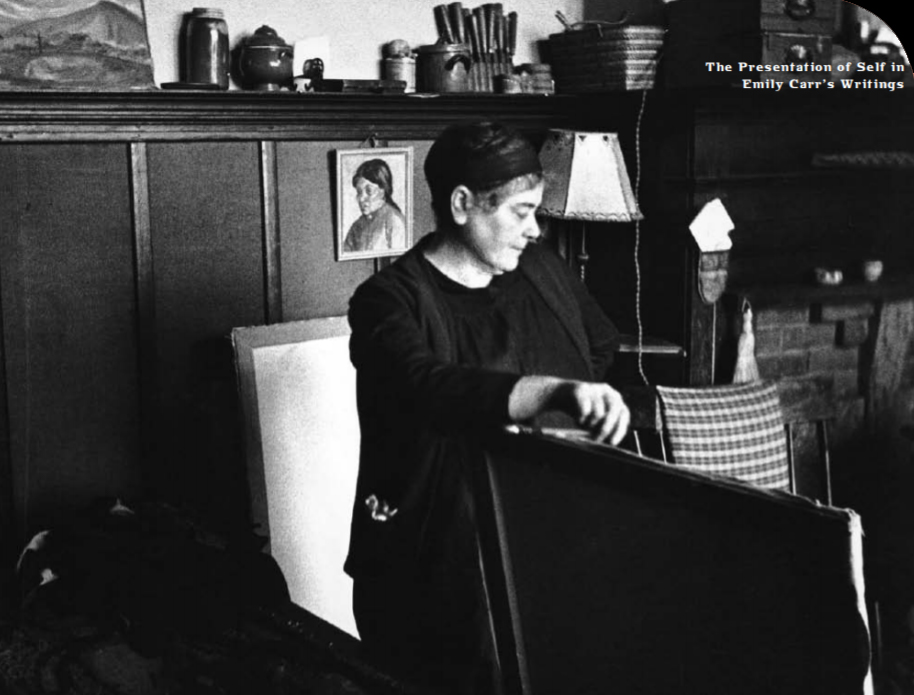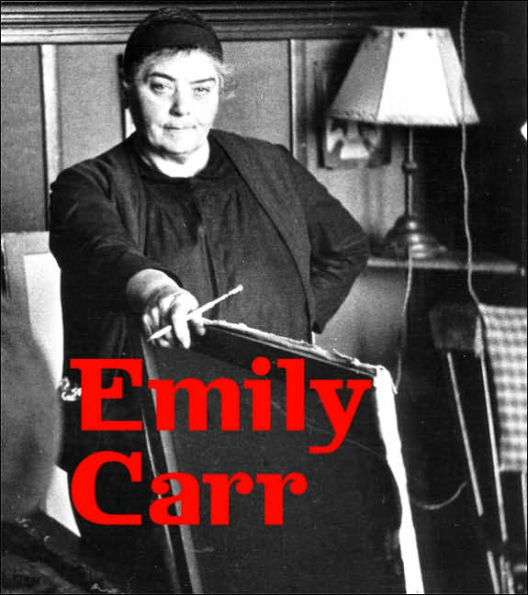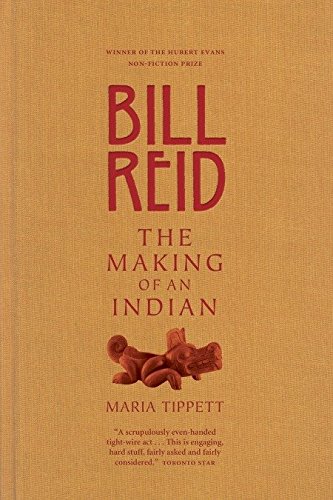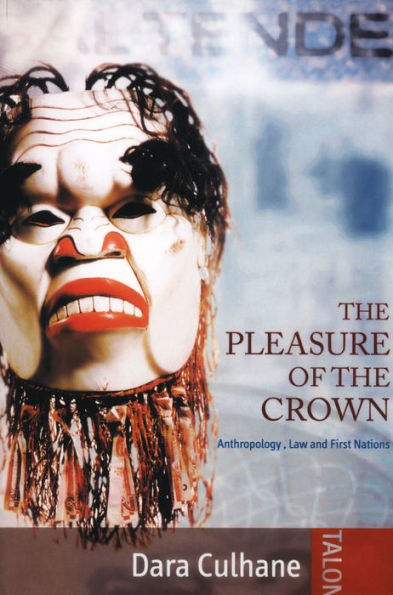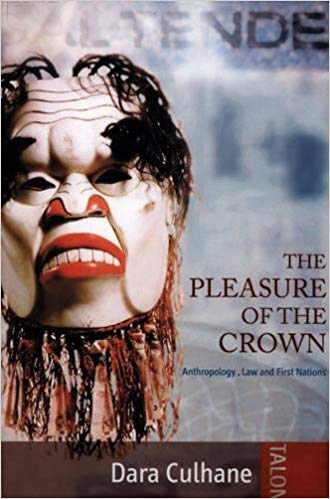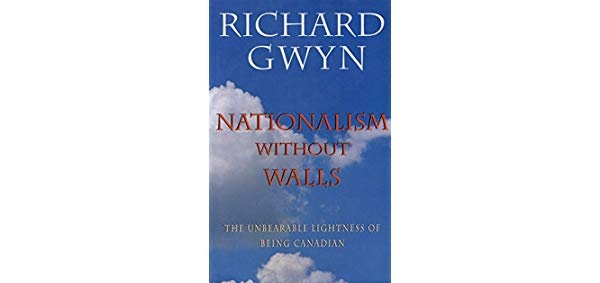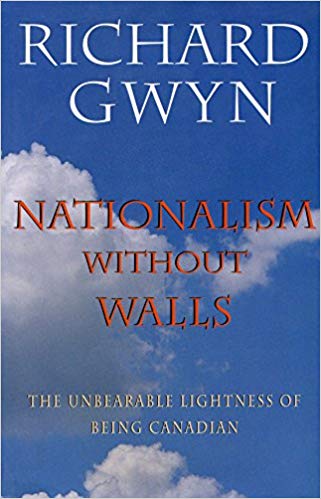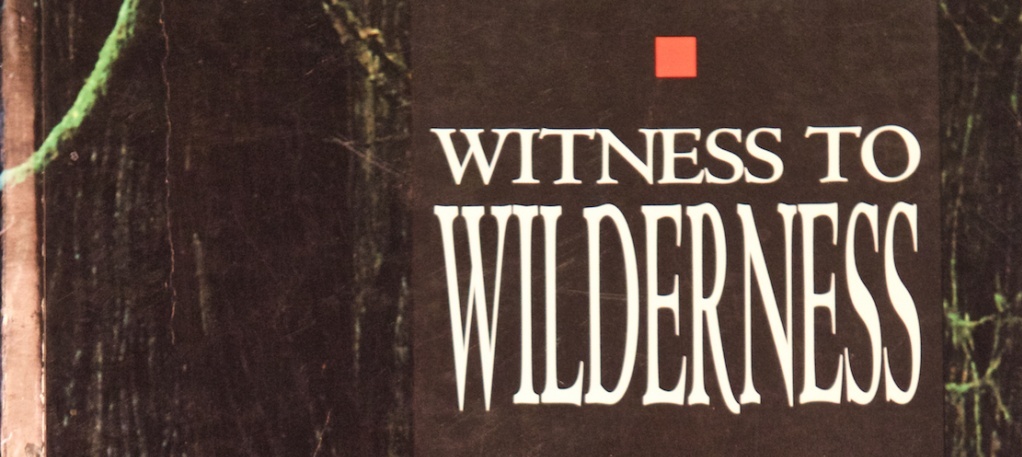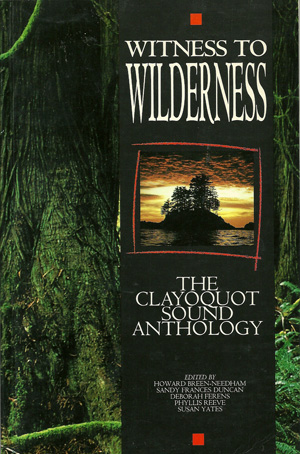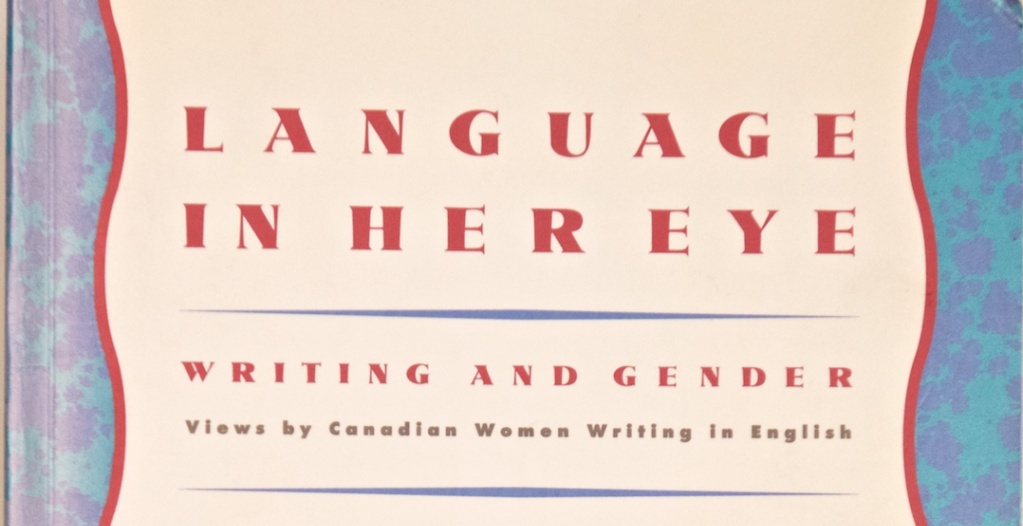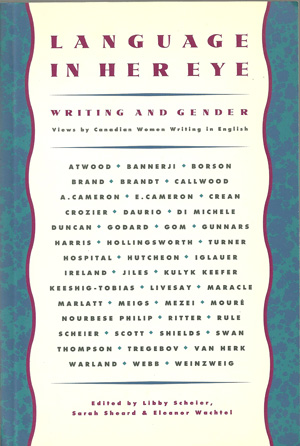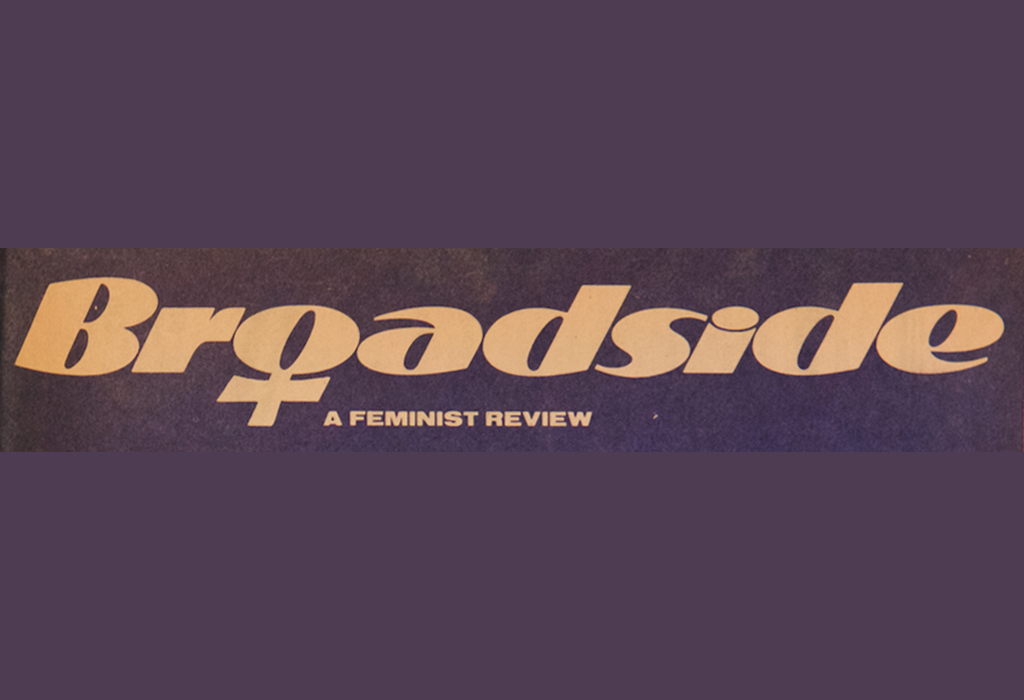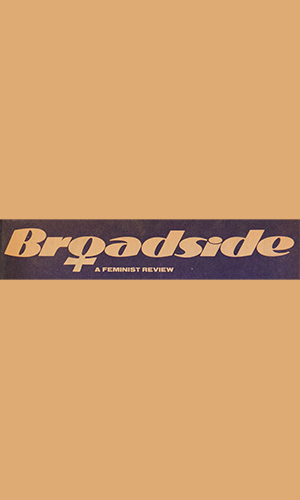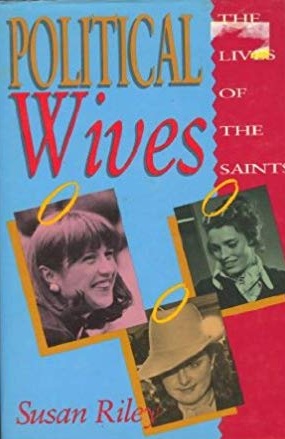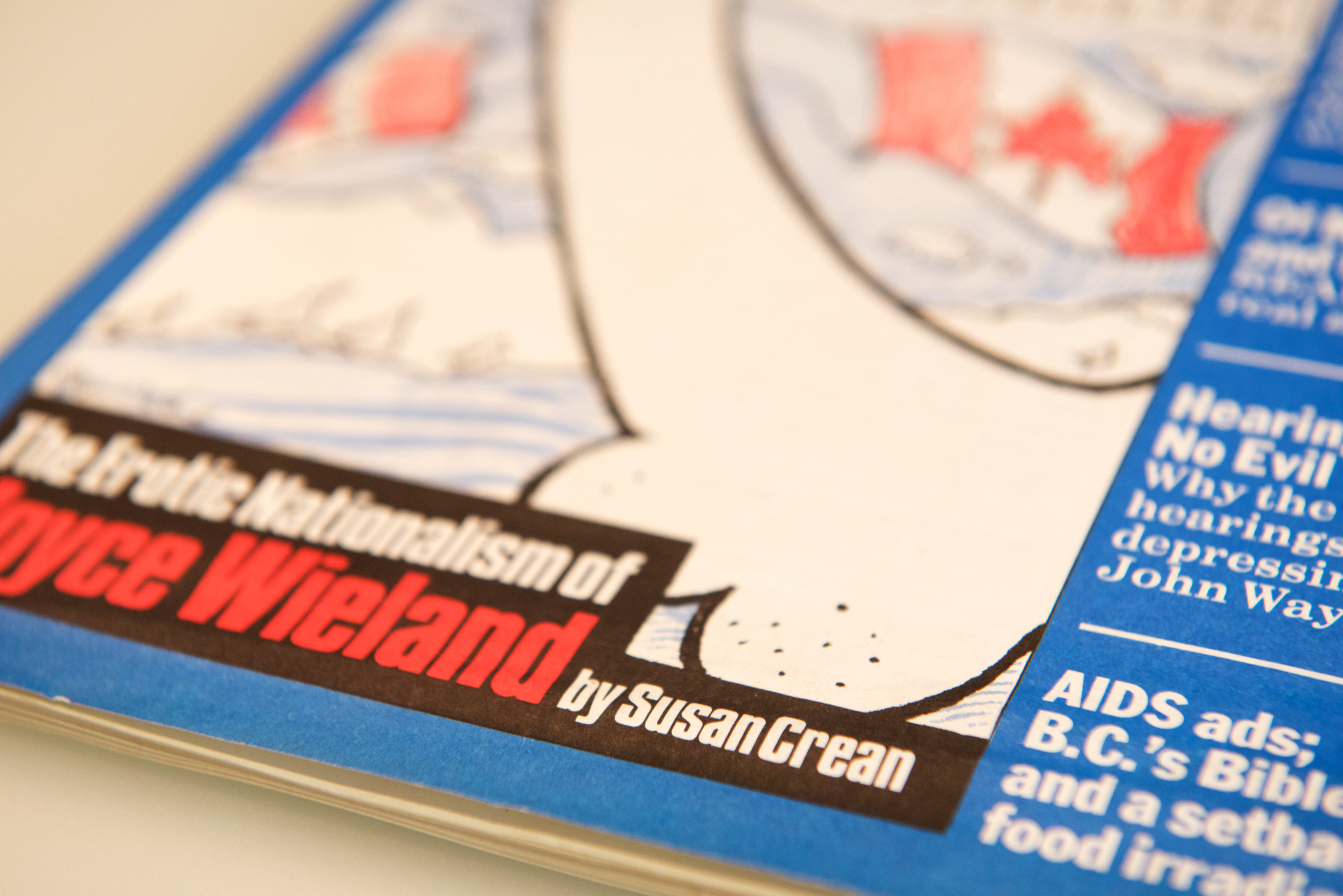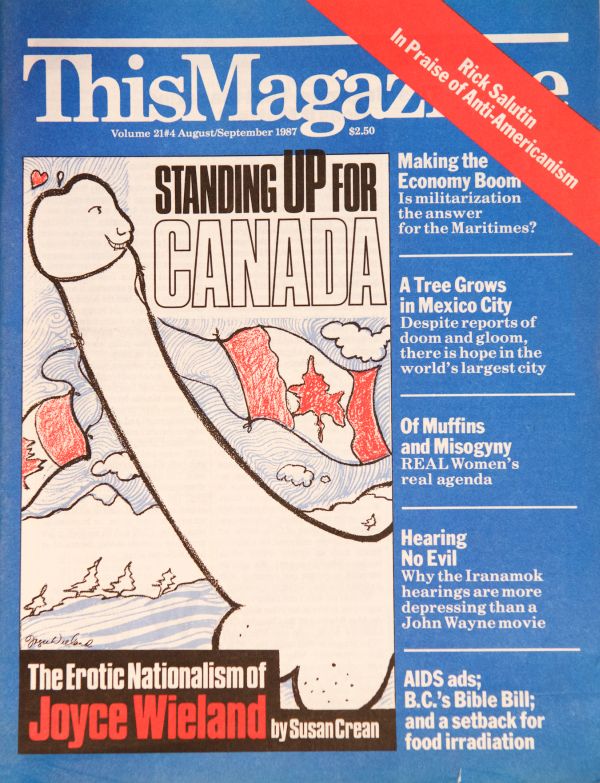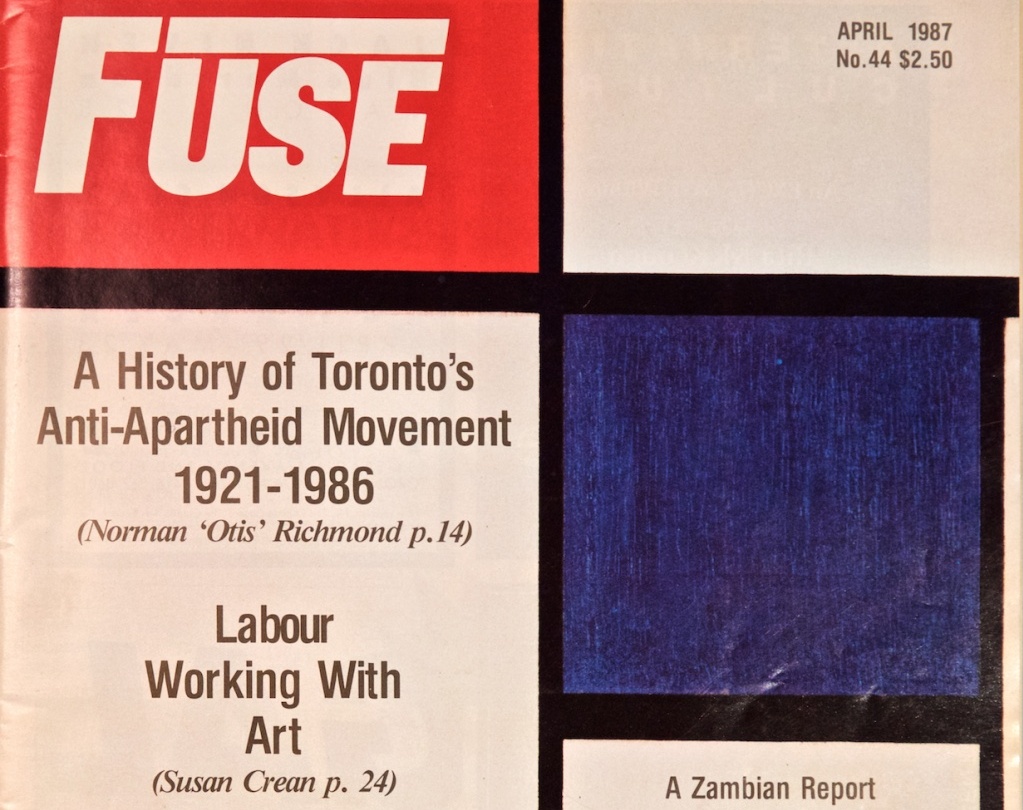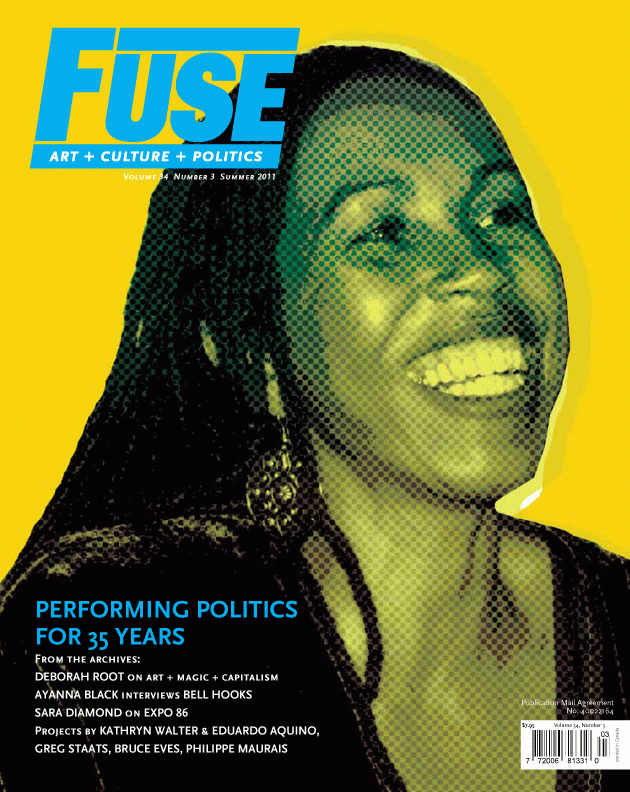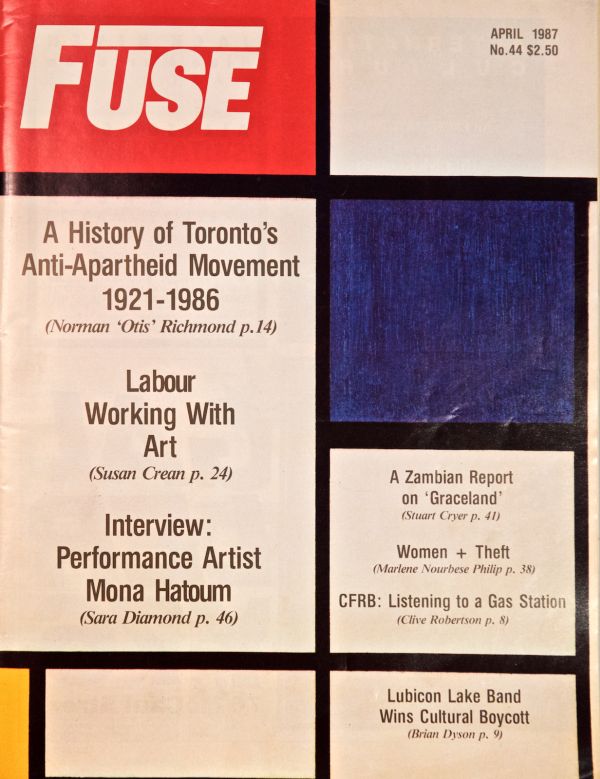In Emily Carr: New Perspectives on a Canadian Icon. Curators, Charles C. Hill, et al. Ottawa: National Gallery of Canada, 2006.
"Sophie Frank was an artist and a thinker and, in spite of her life circumstances, she continued to create many beautiful weavings. She maintained a long friendship with Emily Carr. A thirty year relationship between women is never devoid of personal thoughts and conversations about love,work,and tragedies. Sophie would have shared her cultural knowledge and many of her insights on art with a woman whom she was so fond of, a woman who would nevertheless go on to demean and primitivize her existence after her death."
I wrote this essay with Shirley Bear for the exhibition Emily Carr: New Perspectives on a Canadian Icon organized by the National Gallery and the Vancouver Art Gallery in 2006. It is based on a performance piece Shirley and I created together called Dear Emily / Dear Sophie about Salish basket maker Sophie Frank and her long time friend Emily Carr using correspondence between the two women we discovered in the archives in Victoria. We presented it at the VAG when the redesigned Carr galleries were opened in 1996. The piece was billed as “a contemporary dialogue about art, appropriation and friendship”. It was later performed and the Royal B.C. Museum in Victoria, and Emily Carr College of Art in Vancouver.
Download a PDF version of the essay “The Presentation of Self in Emily Carr’s Writings.” Buy a copy of Emily Carr: New Perspective on a Canadian Icon here.
